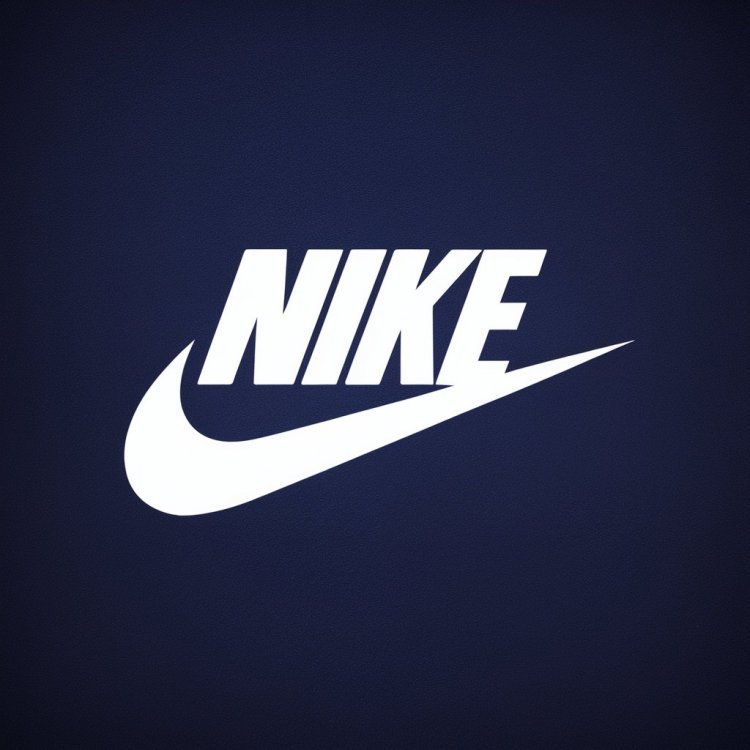Impact Analysis: Nike's Stock Plunge and Market Repercussions
Explore the impact of Nike's recent stock price plunge and sales forecast revision on the global sportswear industry. Discover how market volatility and strategic responses are reshaping competitive dynamics among industry leaders.

Impact Analysis: Nike's Stock Plunge and Market Repercussions
Introduction
Nike, renowned globally for its dominance in sportswear and athletic apparel, recently encountered a significant setback when its stock price plummeted by 20%. This drastic decline closely followed the company's announcement of a larger-than-anticipated sales drop projected for fiscal 2025. Consequently, Nike's market valuation suffered a staggering setback, plummeting by $28.41 billion. This downturn not only shook investor confidence but also reverberated through the financial markets, prompting concerns about Nike's future trajectory and broader implications for its competitors.
Understanding Nike's Financial Forecast
The revision in Nike's sales forecast for fiscal 2025 indicates a mid-single-digit percentage decline in revenue, marking a notable departure from earlier growth expectations. This downward adjustment has sparked intense reactions from analysts and investors alike, reflecting apprehensions about Nike's ability to navigate evolving consumer trends and economic uncertainties.
Market Reaction and Impact on Competitors
The repercussions of Nike's stock plunge extended beyond its own financial standing, affecting competitors in the sportswear sector such as JD Sports and Puma. The interdependency within the industry became evident as these companies also experienced declines in their stock prices following Nike's announcement. This interconnectedness underscores how challenges faced by market leaders can influence broader market sentiment and competitor performance.
Factors Contributing to Nike's Decline
Several factors contributed to Nike's revised outlook and subsequent market reaction:
-
Supply Chain Disruptions: Nike, like many global corporations, has faced significant supply chain disruptions exacerbated by the COVID-19 pandemic and geopolitical tensions. These disruptions have strained production capacities, disrupted distribution networks, and ultimately impacted Nike's ability to meet consumer demand effectively.
-
Shifting Consumer Preferences: The sportswear industry is highly sensitive to changes in consumer preferences and spending behaviors. Nike's ability to innovate and align with evolving trends in athleisure and sustainable fashion has become increasingly crucial in maintaining its market competitiveness.
-
Economic Uncertainties: Macroeconomic factors such as inflationary pressures and fluctuating consumer confidence have also played a role in shaping Nike's financial outlook. Economic conditions influence consumer spending patterns and overall market sentiment, posing challenges for companies reliant on discretionary spending.
Nike's Strategic Responses and Future Outlook
In response to these challenges, Nike has outlined strategic initiatives aimed at stabilizing its financial performance and reigniting growth momentum:
-
Emphasis on Digital Transformation: Nike is intensifying efforts to enhance its e-commerce capabilities and digital marketing strategies to better capture online consumer spending trends.
-
Investment in Innovation and Sustainability: The company is doubling down on research and development to introduce innovative products that resonate with eco-conscious consumers and align with sustainability goals.
-
Operational Efficiency: Nike is focusing on streamlining operations and enhancing supply chain resilience to mitigate future disruptions and improve cost efficiency.
Looking forward, Nike remains cautiously optimistic about its long-term prospects despite near-term setbacks. The company's strong brand equity, global market presence, and commitment to innovation position it favorably to rebound from current challenges and capitalize on emerging opportunities in the sportswear industry.
Conclusion
Nike's recent stock price decline and revised sales forecast highlight the inherent volatility and interconnected nature of global financial markets. While facing immediate challenges, Nike's strategic initiatives and market positioning suggest resilience and potential for recovery. As investors and industry observers monitor developments closely, the broader implications of Nike's performance underscore the complexities and dynamics shaping the sportswear sector's landscape in the years ahead.
What's Your Reaction?




















